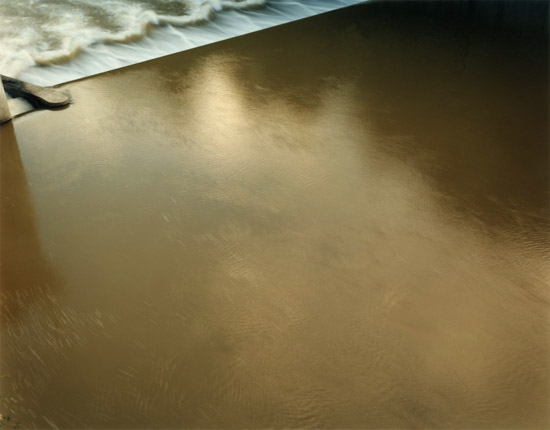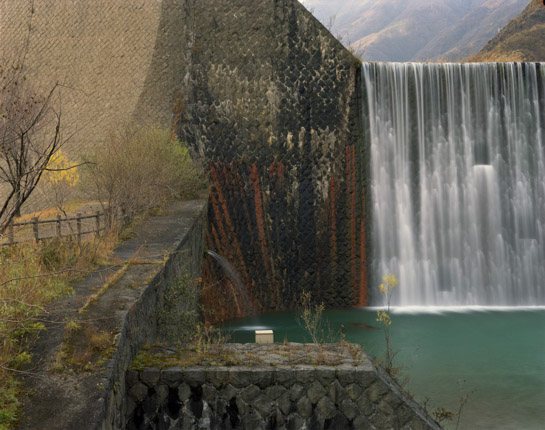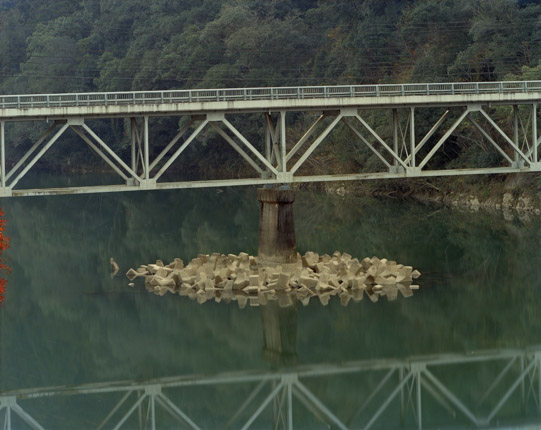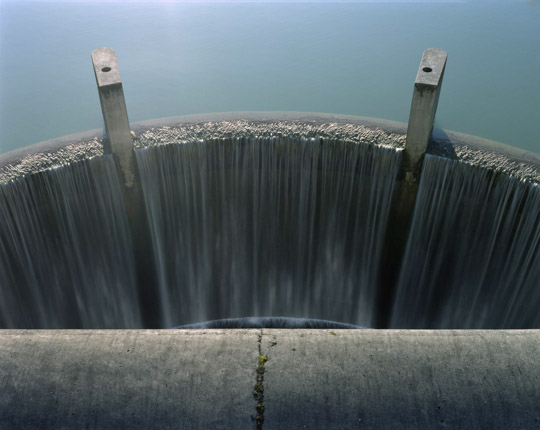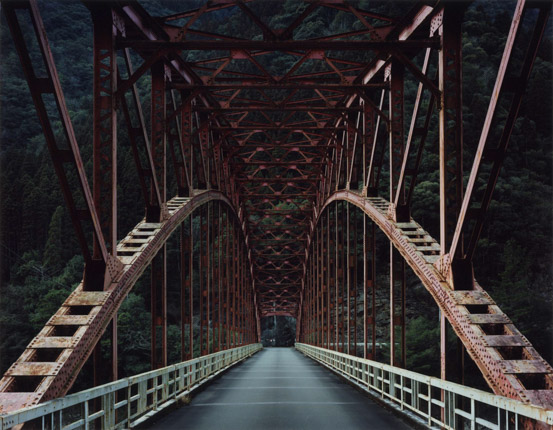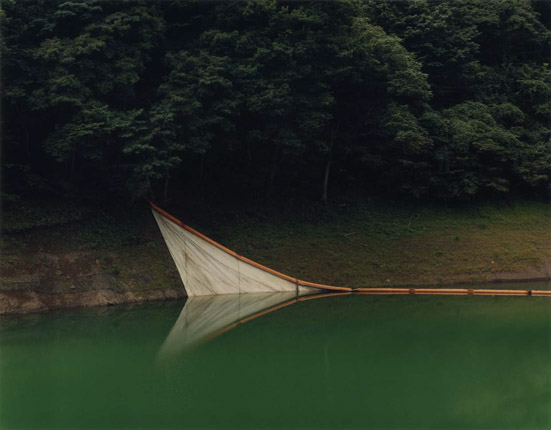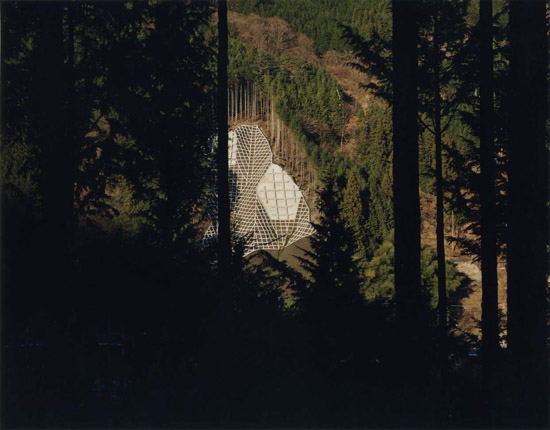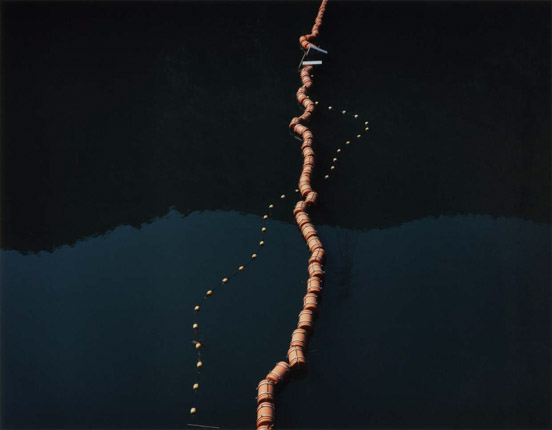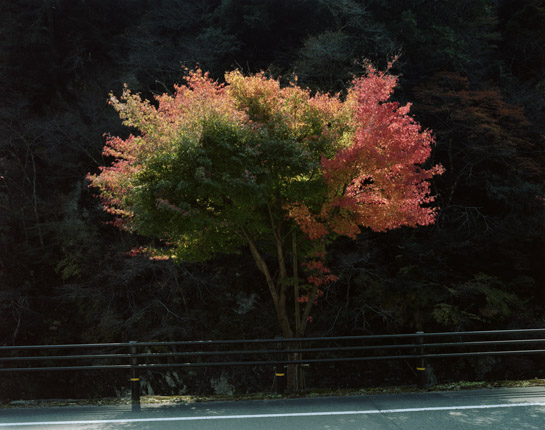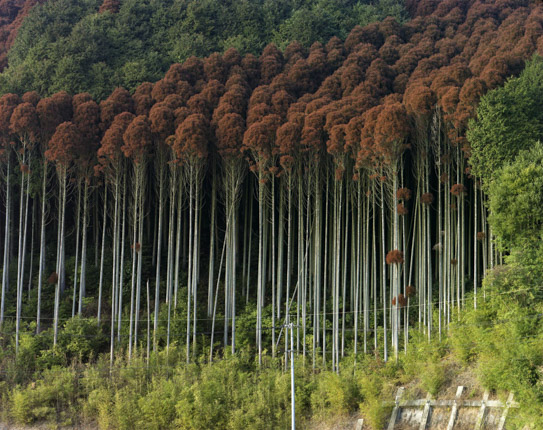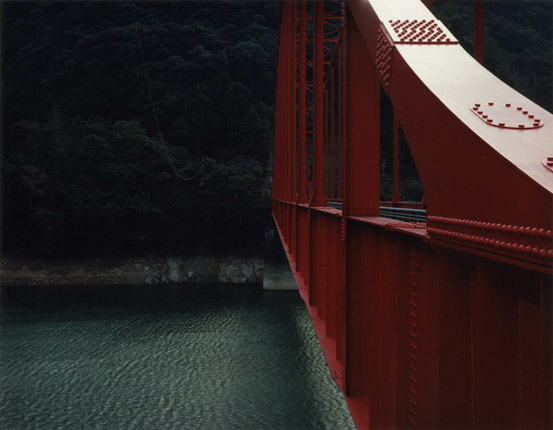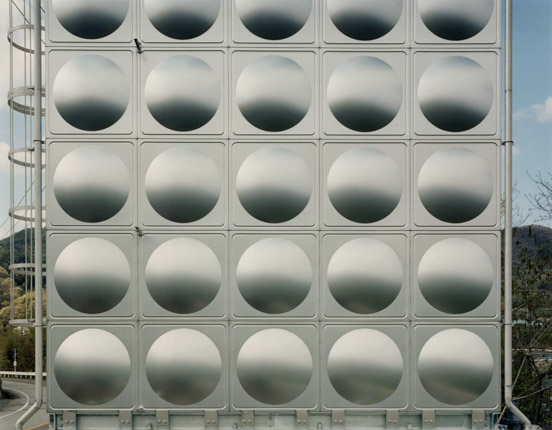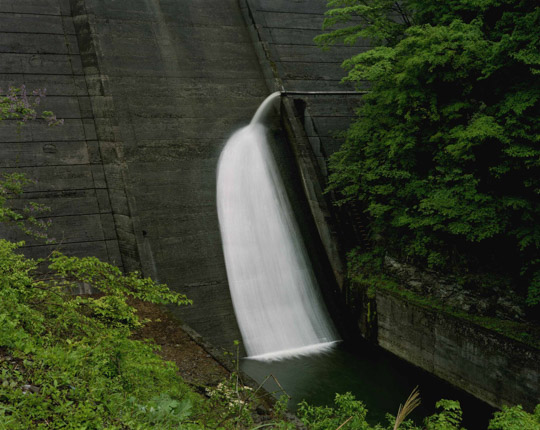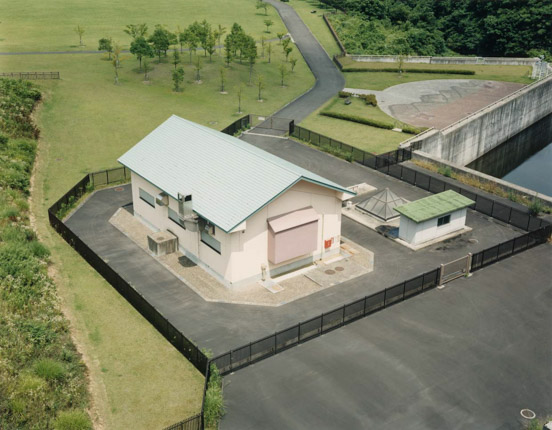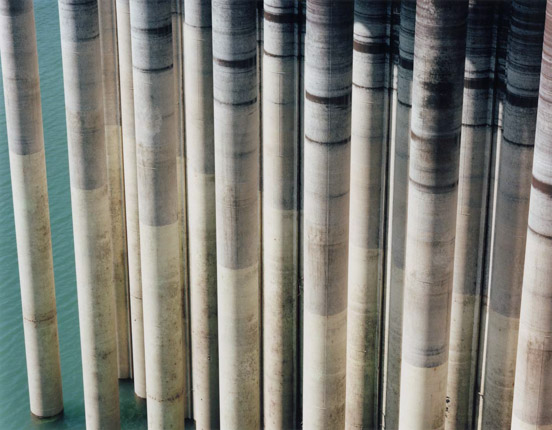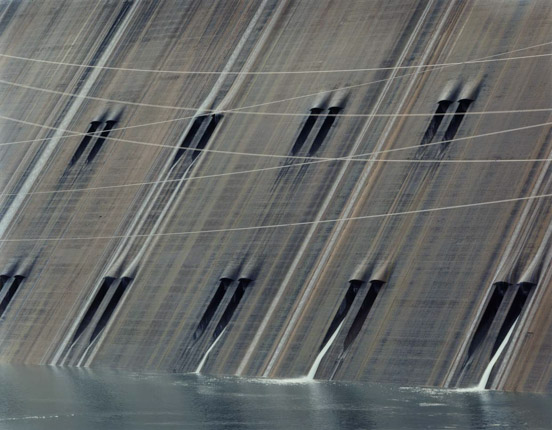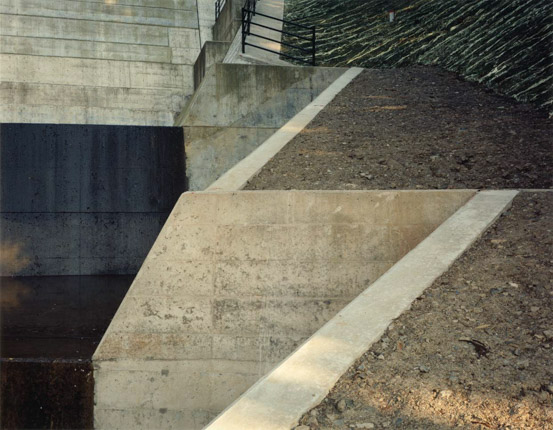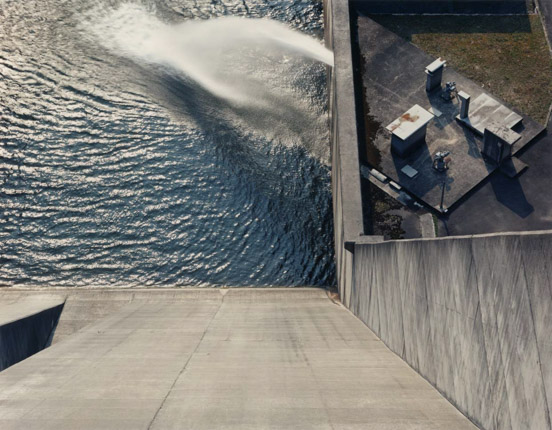For over three decades Toshio Shibata has been traveling across both his native Japan and the United States, making photographs of landscapes at the intersection of the natural and the built environments. On the surface, these images bear all the trappings of traditional landscape photographs: made with a large format camera, they reveal in rich detail how man is transforming the natural landscape. And yet, over the course of his career, Shibata has created a body of work which is unlike any other in this field of photography.
Contemporary landscape photography often focuses on the transformation of the natural landscape through urban expansion and our unquenchable thirst to exploit natural resources. Rather than crudely pointing an accusatory finger, these images generally maintain a cool distance from their subject, while nonetheless building to a more subtle critical message, inviting us to be awed by the unstoppable momentum of an ever-expanding city or dismayed by an increasingly homogenous suburban sprawl. In so doing, these photographs set up a dichotomy between man and nature as two opposing forces.
Shibata’s chosen subject of infrastructure occupies this same territory and his images share the cool detachment that characterizes much contemporary landscape photography. And yet they are not invested with a critical message – they are more elusive, more mysterious. They invite us to interpret them freely, with the same freedom that Shibata experiences when driving across the Japanese archipelago, leaving himself open to chance encounters with the landscape. In fact, he describes the process of making his photographs as “borrowing a landscape”: they are not images of the landscape but images made from the landscape. While they document the world that they depict, that is not their primary function. Instead, the exquisite nature of these compositions seems to be inviting us to look at the world a little differently than before, to reconsider what a landscape might be.
Even after a lengthy career in photography, Shibata’s background as a painter and printmaker remains clearly visible in his work. His borrowed landscapes are transformed through the flattening of perspective and the omission of the sky to upend our sense of scale, or by emphasizing geometric lines and panels of colour to push a composition towards abstraction. In fact, after two decades of black and white work, Shibata’s switch to colour has brought his work closer than ever to that of his hero during his student days, Paul Cézanne, whose paintings first led him to the arts. But Shibata is not attempting to make paintings using the medium of photography. He is acutely aware of the fundamental differences between these two artistic mediums. For Shibata, it is essential that his images are instantly recognizable as belonging to reality, while creating a world of their own.
Traditionally his photographic prints have been made on a large scale, so as to immerse the viewer in his images. This scale reveals the extraordinary detail contained within his images, giving the sense of a heightened version of reality. However, he recently presented a small group of photographs as contact prints, no more than a few centimetres wide. By compressing his borrowed landscapes in this way, a further layer of mystery is applied to these images. Rather than overpowering us with their scale, they become more delicate, more fragile as the geometric lines and abstract qualities of these compositions is emphasized. These contact prints provided the inspiration for this book.
What makes Toshio Shibata’s images stand apart, is that they do not only describe the world that they depict. Instead they take that world as a point of departure. They oscillate balance between different influences and emotions, between the real and the abstract, the overwhelming and the ordinary. It is this measured disequilibrium that elevates these photographs beyond landscapes, inviting us to cast a fresh look at the world.
Text: Marc Feustel

